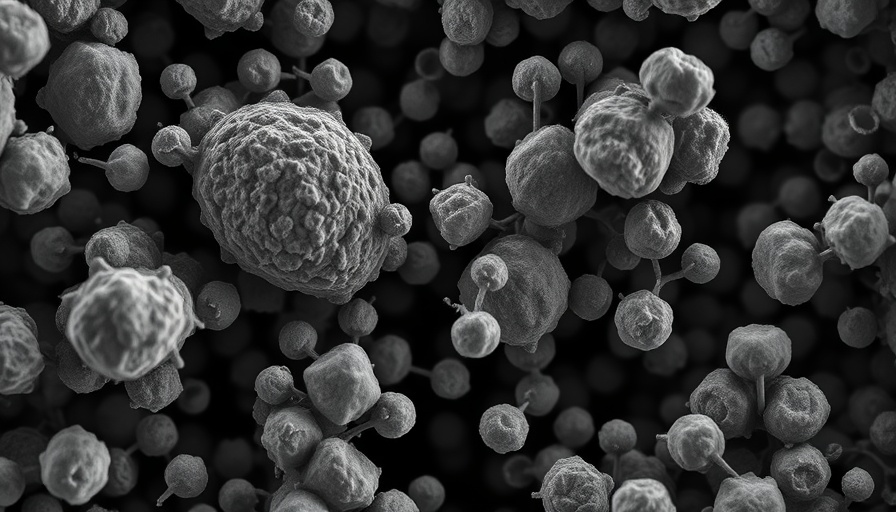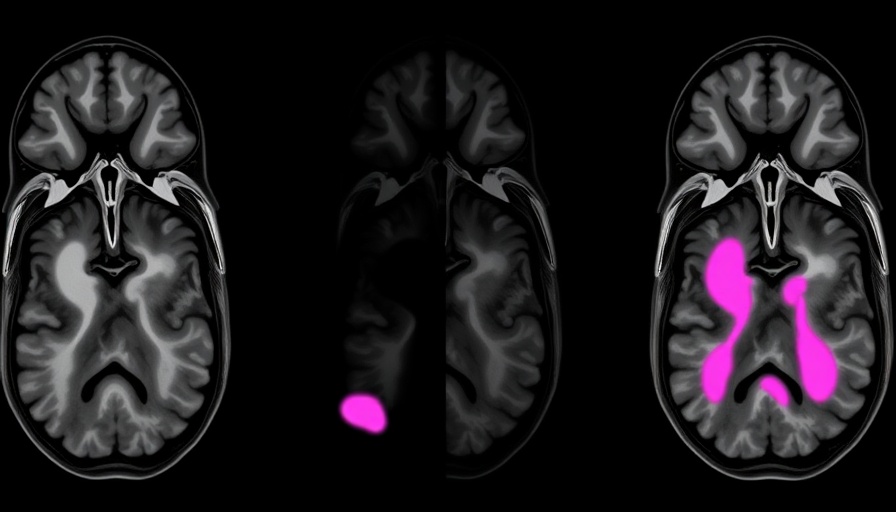
Revolutionizing Our Understanding of Cellular Healing
In a groundbreaking study, researchers at Washington University in St. Louis have unveiled a novel cellular mechanism termed cathartocytosis, which allows cells to expel their cellular machinery to revert to a stem cell-like state. This peculiar "vomiting" process, intended to enhance healing after injury, suggests new paths for medical advancements, particularly in regenerative medicine.
When the body sustains injury, cells engage in well-known processes to repair damage, including cell death and rejuvenation mechanisms. However, this newly identified cathartocytosis appears to facilitate a faster recovery, likening the cell's efforts to decluttering in response to damage, accelerating its ability to regenerate tissues. Dr. Jeffrey W. Brown, the lead author, explains that shedding the operational waste is akin to a shortcut intended for quick repairs and recovery—a crucial adaptation in the gastrointestinal tract following stomach injuries.
The Double-Edged Sword of Healing
While cathartocytosis offers efficiency, it raises concerns regarding its side effects. The rapid expulsion of waste can lead to messy cellular environments, potentially promoting chronic inflammation and posing risks for tumorigenesis. This messy process of waste management may serve as a tipping point, where the fast track to recovery could inadvertently become a pathway to cancer development. As inflammation persists, often seen in chronic conditions, the waste left behind may foster further cellular damage, creating a fertile ground for cancer cells to establish.
Opportunities for Future Research
The implications of this discovery are profound. It inspires not only a re-evaluation of cellular behavior in response to injury but also opens potential avenues to harness cathartocytosis in regenerative medicine. For instance, could understanding this process allow scientists to tailor therapies that mitigate the negative effects of chronic inflammation while enhancing tissue repair? As the research community continues to analyze this mechanism, further studies may enable us to pinpoint conditions that exacerbate the hazards associated with cathartocytosis.
Visible Signs of Cellular Distress
This revelation provides extensive opportunities to examine how the debris formed during cathartocytosis might signal potential health crises, offering a new diagnostic method for early cancer detection. Capturing real-time profiles of this cellular purging process may yield critical insights into ongoing inflammatory disorders, as well as help monitor cancer progression. For those living in cities where healthcare is evolving, such as Dallas, this could translate into access to cutting-edge screenings and treatments that proactively address health concerns before they escalate.
Living in Dallas: A Hotbed for Health Innovations
As the Dallas area continues to grow both in size and its contributions to healthcare innovation—thanks in part to institutions like UT Southwestern—residents enjoy the benefits of cutting-edge research and medical advancements. Understanding breakthroughs like cathartocytosis ties directly into the broader Dallas lifestyle, which increasingly emphasizes health and well-being. For singles navigating the cost of living in Dallas, focused health innovations may serve as a compelling reason to stay in the area, as they align with a community intent on investing in personal health and preventive care.
Conclusion: Embrace the Insights for a Healthier Future
The discovery of cathartocytosis dramatically enhances our understanding of cellular healing, shining a light on both the promises and pitfalls inherent to rapid recovery processes. As research unfolds, the continuous partnership between scientific exploration and community awareness, especially in health-forward locales like Dallas, may empower residents to make informed lifestyle choices that enhance their health. Follow this evolving story as we explore how these breakthroughs affect not only the medical landscape but also our collective approach to wellness and living in Dallas.
 Add Element
Add Element  Add Row
Add Row 



Write A Comment